Earlier this year my wife and I took the kids to Disneyland. I went several times growing up and have a lot of fond memories of the place, of all my favorite rides and sights around the park. The kids loved it and we all had a great time.
But the times, they are a’changing. In recent years Disney has become exceedingly woke — or, if you don’t like that word for whatever reason, very finely attuned to cultural sensitivity. You can easily see this in the shows and movies the Mouse releases, but it’s harder to notice at a place like Disneyland, unless you’re in the habit of going frequently, and at $169 per ticket, most of us aren’t. But my own childhood memories are strong enough that I noticed some of the changes obviously made for sensitivity reasons in the park, and they saddened me. I’m sure there are many more, but this is what I noticed personally.
I’m ranking them here from least to most disruptive. Many photos come from Yesterland, a site dedicated to chronicling discontinued park attractions, so head there to read up on what’s different from your childhood in exhaustive detail if that’s your thing.
Tiana’s thematically inappropriate Bayou
Disney has always had a bizarre relationship with black people in its animated features. Song of the South sucks. Almost nobody saw it because Disney mothballed its video release after a very limited run on VHS. No DVD edition was ever released because the 1946 feature was considered offensive by the 1990s, owing presumably to its depiction of happy slaves. I don’t actually know, because I’ve never seen it either.
But that didn’t stop Zip-a-Dee-Doo-Dah from becoming a beloved musical favorite for several generations. It was featured prominently on several Disney sing-a-long video releases and plenty of musical medleys performed live and aired on the Disney Channel over the years. And sure, it’s a banger.
But other than this one song the film itself has practically no cultural legacy, which made it a bizarre choice for Disney to build around for its newest and scariest ride, Splash Mountain, in 1989. But it worked. The ride retold the story of Brer Rabbit being hunted by Brers Fox and Bear and eventually tricking them into throwing him into the briar patch. The final log ascent before that drop (the longest and fastest in the park) paired the terror of the captured Brer Rabbit with the rider’s anticipation of that final drop. It was simple but effective.
But by Trump’s first term and the great awokening, Disney was obviously feeling distinctly uncomfortable with the ride’s offensive source material. Splash Mountain needed to go, but by the iron rules of diversity and inclusion, since Splash Mountain was “black” (if only vaguely, historically), they were required to replace it with another black IP, and Disney has basically none of those. Specifically, they have one, the single black Disney princess Tiana, star of The Princess and the Frog.
The Princess and the Frog sucks. I think even fewer people saw it than Song of the South despite being available on DVD. This is again a bizarre choice to build a ride around, but the internal woke logic is sound in its way. So now we have Tiana’s Bayou Adventure instead.
Unfortunately, Tiana and company make the ride worse in almost every way. The waterway is unchanged from the original, but the setting and narrative are now nonsensical and clash with the action of the ride. Rather than the sense of danger and escape the ride was designed for, Tiana and her weird aunt (grandma?) search for musicians to throw a big party. The final log ascent features the weird grandma cheerfully telling riders they’ll get to the big party in no time. It completely undermines what was originally designed as a tense and scary moment with a bizarrely cheery tone.
The ride is still good, as a thrill ride. The kids loved it and wanted to go again and again. But they don’t know any better. What makes Disney rides special is the thematic and narrative elements, and Tiana and friends completely fail in that department.
Jungle Cruise fires the natives
Jungle Cruise is such a weird concept for a ride. It’s one of only a couple with a cast member giving a live voice over (the other being the underwhelming storybook land boats), but the real stars of the show were always the animatronic animals and people. The set pieces were based in a very 1950s conception of the Dark Continent, and obviously didn’t age well in certain eyes.
One scene in particular looked problematic to modern woke scolds: the trapped safari, featuring tribal porters and their white safari leader treed by wildlife. They climb the tree in sync with the rhino poking the butt of the bottom one.
The scene is still there but the natives are gone, replaced by a suitably racially and gender diverse cast of explorers. The lead explorer is a woman, of course.
To be honest I’m ambivalent about this change. The native porters feel out of time and place to modern sensibilities, but that was part of the charm of the ride. Modernization was an answer to a question almost nobody was asking. At the same time, a modern safari absolutely would be peopled more similarly to the new animatronic cast, and this changes the scene from an historical set piece to a modern one new guests can understand without context (what’s with those funny hats on the black guys?).
Less forgivable is the decision to remove the ambush by natives with spears and dart guns, one of the few scary elements of the ride. The latter effect was accomplished with gusts of compressed air and well placed sound effects.
Unlike the safari scene, the natives were replaced with nothing in particular. It’s an entire major thematic element of the ride simply disappeared, and it’s a real shame.
Jessica Rabbit refuses to be a victim or an object
Until the opening of the excellent Micky and Minnie’s Runaway Train, the best ride in Toon Town was the still somewhat lackluster Roger Rabbit’s Car Toon Spin. It’s basically a clone of Mr. Toad’s Wild Ride, with the added gimmick that you can spin the car ala the Mad Tea Party. And it takes place in the world of Who Framed Roger Rabbit, with Jessica Rabbit making several prominent appearances. But while in the original ride, Jessica was being kidnapped by weasels in her iconic sexpot ballgown, in the reimagined ride Jessica is nobody’s object.
She’s no longer being shoved in the back of a trunk, and is now the protagonist of what remains of the ride’s narrative, recast as a private eye in a Dick Tracey knockoff outfit.
I don’t think it’s too much of a stretch to say that sex appeal is the entire point of Jessica Rabbit’s character. Covering her up in a trench coat is such a drastic revision that Disney should scrap the ride and start over. Who Framed Roger Rabbit is over 30 years old at this point, it left very little lasting cultural impact beyond this ride, and the ride was never very good in the first place. This latest affront is a signal that it’s time to move on. The modern creatives would never allow Jessica Rabbit to be drawn that way today, and Disney should fully bite down on the bullet and can the Roger Rabbit ride and replace it with something more worthwhile.
The pirates of the Caribbean get a girl boss
Unlike the previous rides on this list, which are hit or miss for many parkgoers, everybody loves Pirates of the Caribbean. Not only is it one of the longest rides in the park, its animatronic scenes still look great and captivate audiences 60 years later. The drop at the beginning is just scary enough for kids to get a little thrill without being as intense as the true roller coasters, and the scenes of the pirates sacking the town are just on the edge of being too violent in their implications for little ones. It’s the kind of thing an 8 year old remembers for the rest of their life.
Of course Disney decided in the wake of #MeToo that a couple scenes of implied violence went too far, particularly the wench auction and the pirates chasing fair maidens in eternal circles.
I get it: no matter how historically accurate, even glancing allusions to rape are simply beyond the pale in the MeToo era. So the wench auction scene was changed to a generic auction of wealthy people’s belongings, and the chase scenes were reversed, with the maidens nonsensically chasing the pirates.
All of that is fine as far as it goes, and doesn’t detract much from the overall town sacking scene, with one exception: transforming the redheaded lass, formerly a dainty maiden about to be auctioned off to a bloodthirsty pirate, into a pirate herself.
Look, I can appreciate a little historical revisionism in the name of good fun as much as the next guy (I can’t), but this is simply taking things too far. No, women were not leading pirate raiding parties in the 18th century. But we’re raising an entire generation who thinks there actually were lady pirate captains, to say nothing of lady barbarian chieftains, lady crime bosses, and lady bounty hunters. This sort of role reversal might have been considered subversive by the mainstream as recently as the late 90s, but now it’s almost the more dominant trope. When we see a mysterious and brutal figure wearing a face-concealing mask or helmet in science fiction or fantasy entertainment, we expect it to eventually be revealed as a woman in an aha! moment. Disney’s nonsensical, non-subversive interjection of this now clichéd trope into the midst of the sacking scene is a move of almost unbearable cynicism and, worse, laziness. Yes, it’s par for the course for the Mouse in the current year, but the child in me still expects better for one of the best rides in the park.
Somehow, they missed obvious equally problematic things
Despite all these changes, there’s still some very not-current-year elements in Disneyland that somehow fly under the radar. The Davy Crocket canoe ride that almost nobody goes on features Indian natives in full headdress on the banks of the man-made lake. The classic Enchanted Tiki Room features a lot of unga-bunga chanting and drumming that strikes me as very iffy (although it should go without saying that it’s still perfectly fine to have four European ethnic stereotypes as bird tour guides). And the Haunted Mansion still has a hanged man dangling from the ceiling of the entryway, which can’t possibly last much longer — depictions of Canadian healthcare are now almost as taboo as racial caricature.
I probably should keep my mouth shut, lest some Disney employee reads this and gets ideas.
The past is a foreign country, full of strange customs. Some of their ways strike us moderns as offensive or even harmful. But effacing all record of those customs, the things our forefathers loved us enough to create for us, and that their children loved us enough to preserve through decades, is its own kind of violence, its own kind of harm. We’re irreplaceably poorer when we do so. And the worst part is that it happens so invisibly, in a way our own kids will never notice or understand. That’s the thing about rewriting the past.
Disneyland is still magic, and the park isn’t ruined. But Disney is maybe the single biggest, most important contributor to American mass culture in the modern era, and this means they have a responsibility to that culture. Surely that includes a duty to preserve the things they created that have become so inextricably bound up in our own popular conception of ourselves. Or, if not to preserve that cultural heritage, then to at least not visit sneaky epistemic violence upon it, to not constantly amend the past with modern sensibilities. In the long run, everybody hates the impulse to neuter the past for modern consumption. This mass vandalism of our own culture is a project for villains and cowards, unworthy behavior for the greatest contemporary creator of that same mass culture.
It saddens and angers me, and I wish they would stop.



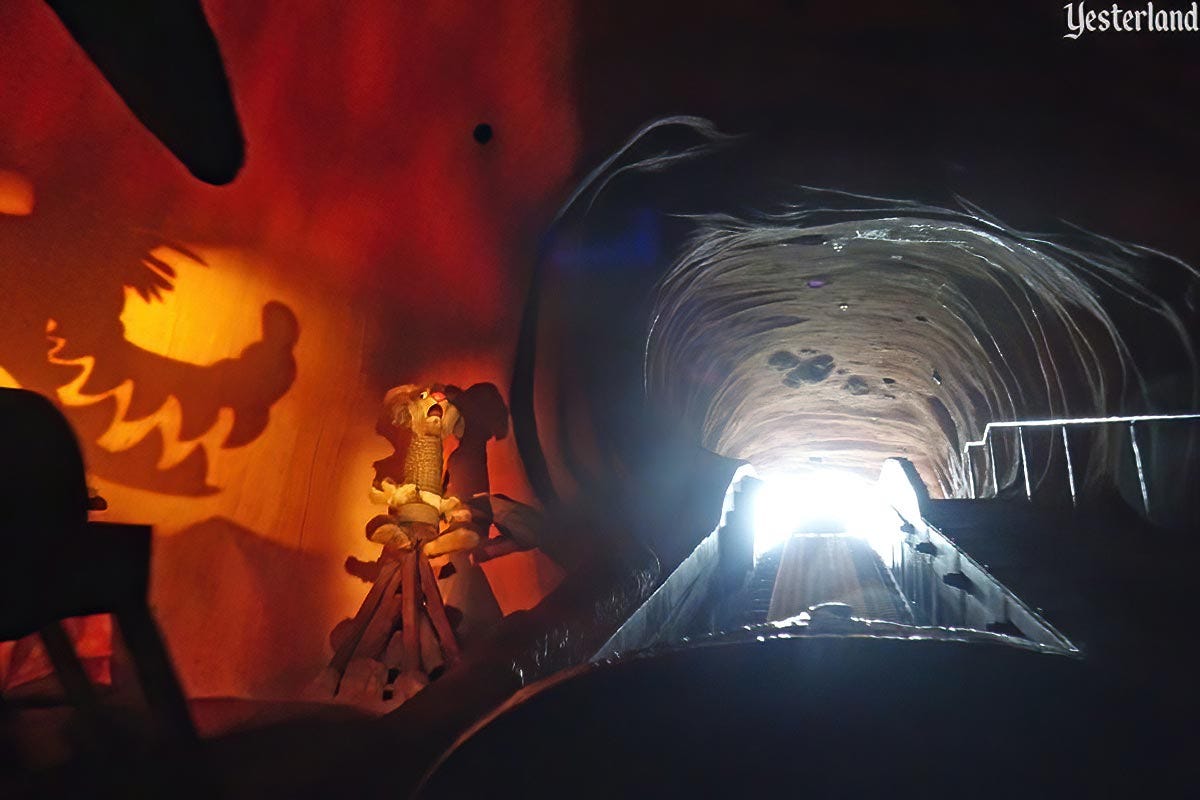
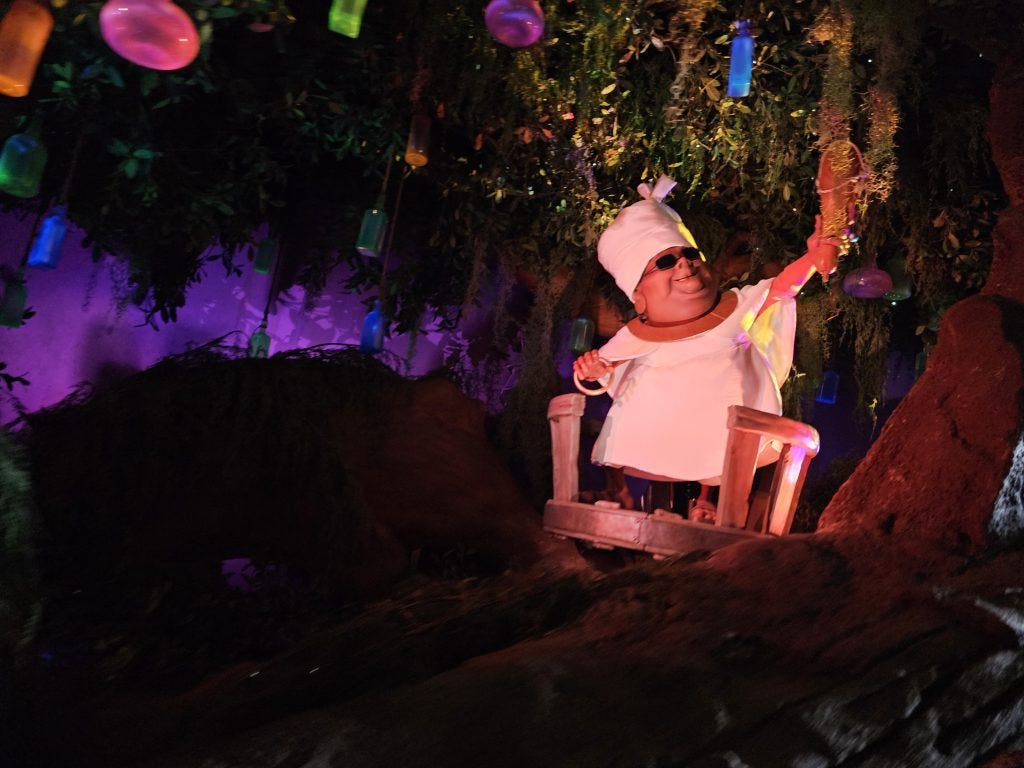
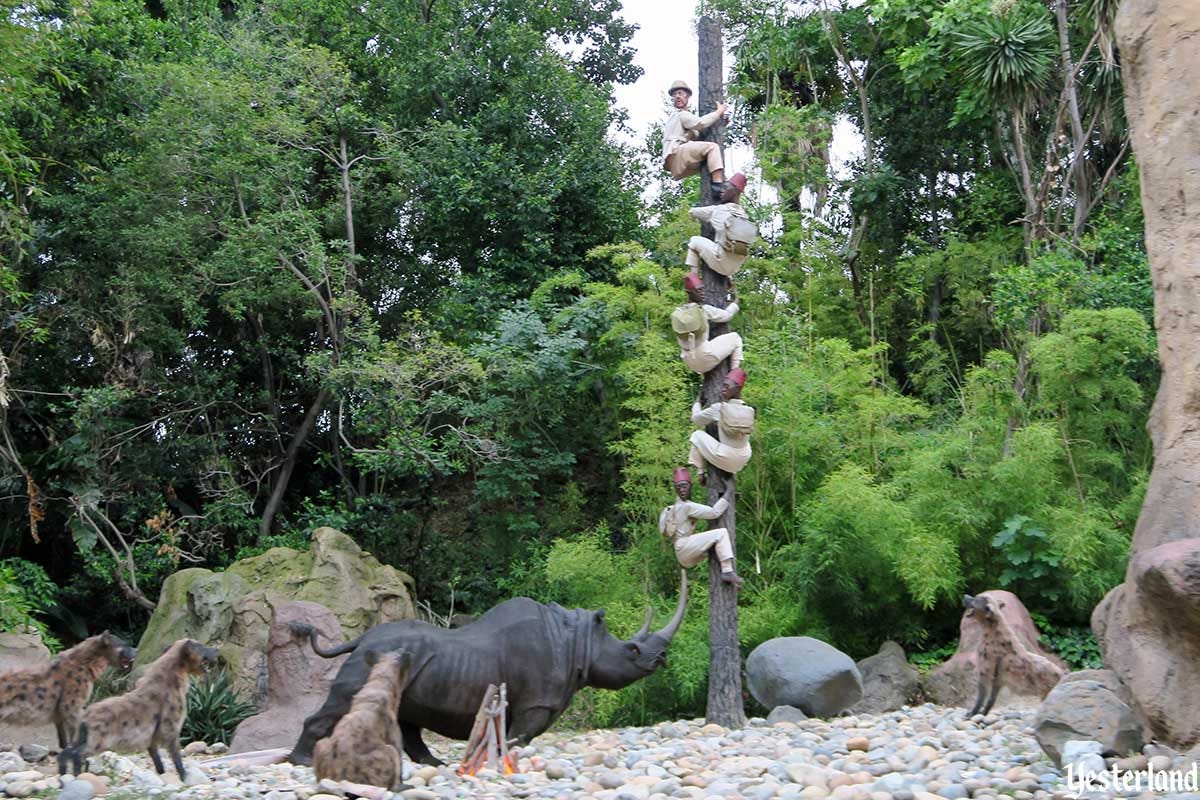
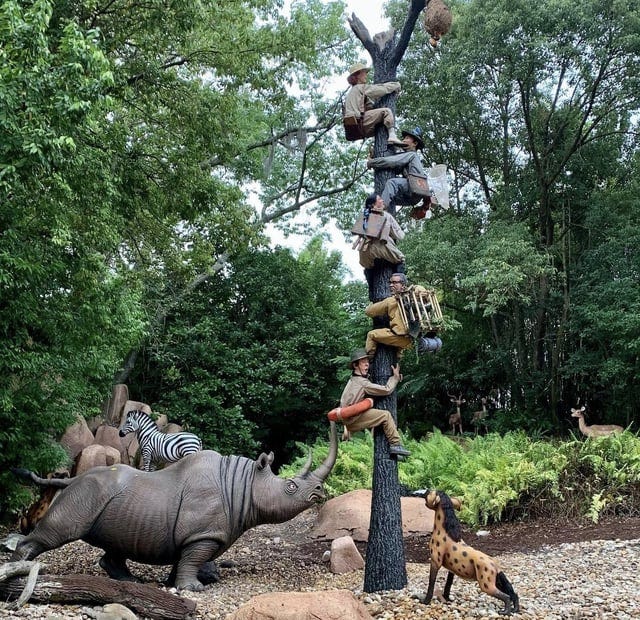
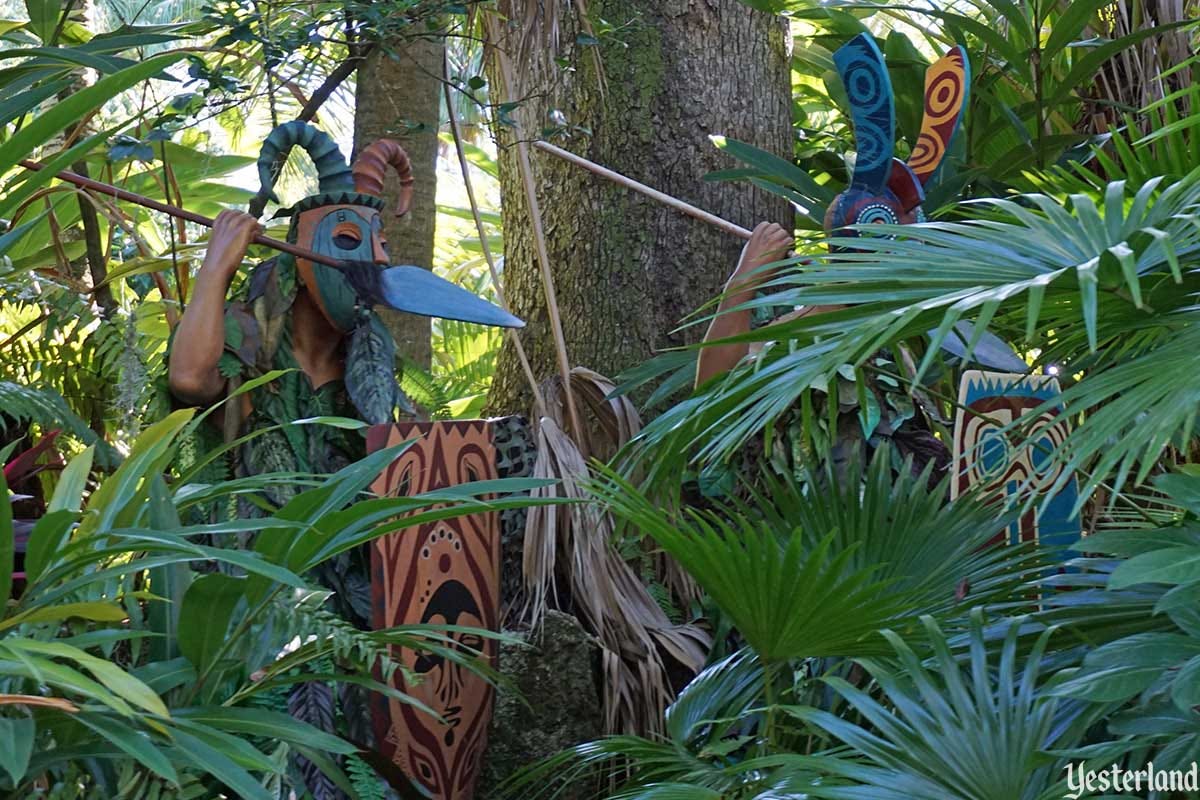
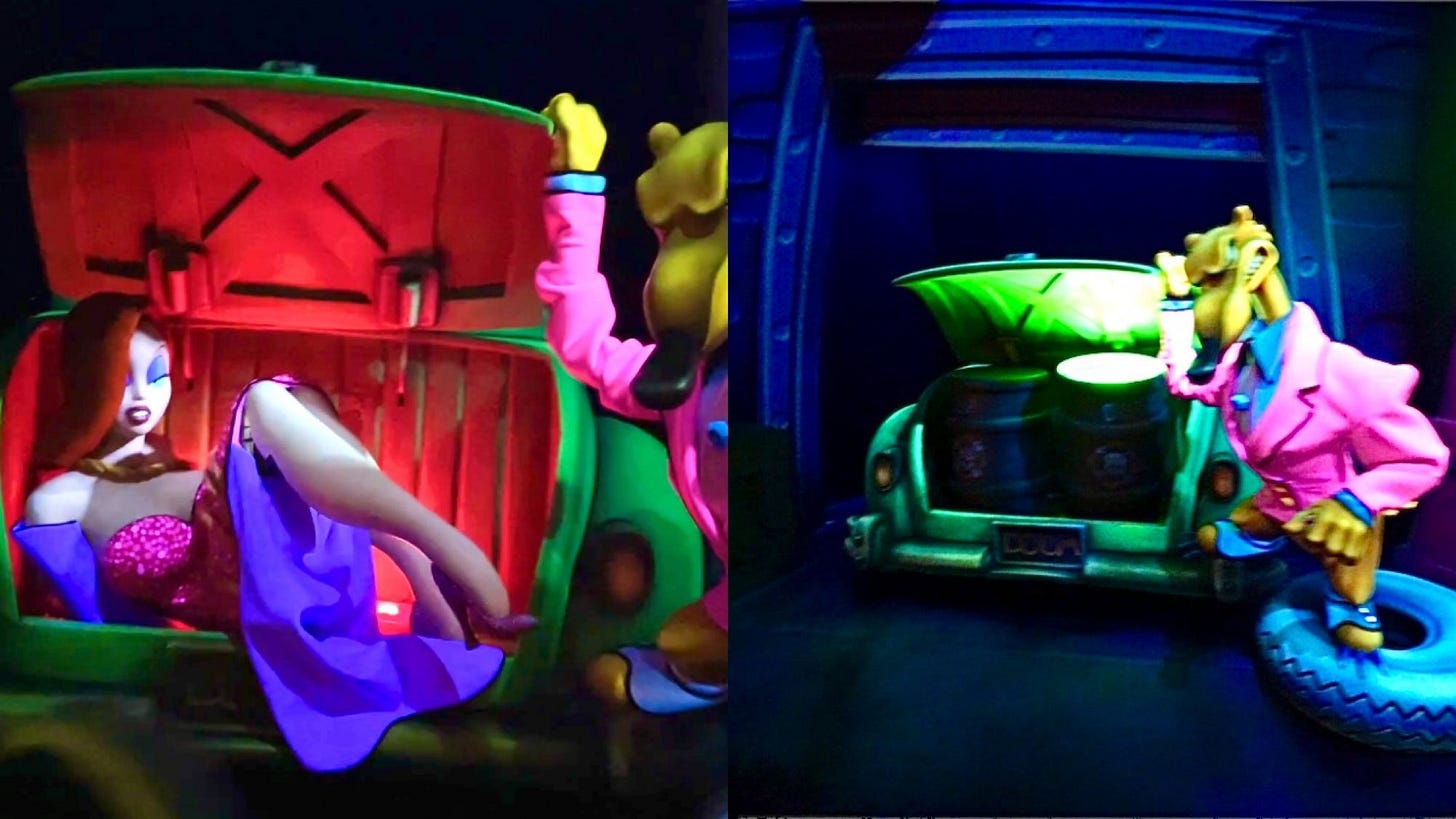
![4K] Roger Rabbit's Car Toon Spin - YouTube 4K] Roger Rabbit's Car Toon Spin - YouTube](https://substackcdn.com/image/fetch/$s_!X4Bp!,w_1456,c_limit,f_auto,q_auto:good,fl_progressive:steep/https%3A%2F%2Fsubstack-post-media.s3.amazonaws.com%2Fpublic%2Fimages%2F25d95de7-0878-4ed1-9c93-bdcd7b609a63_686x386.jpeg)
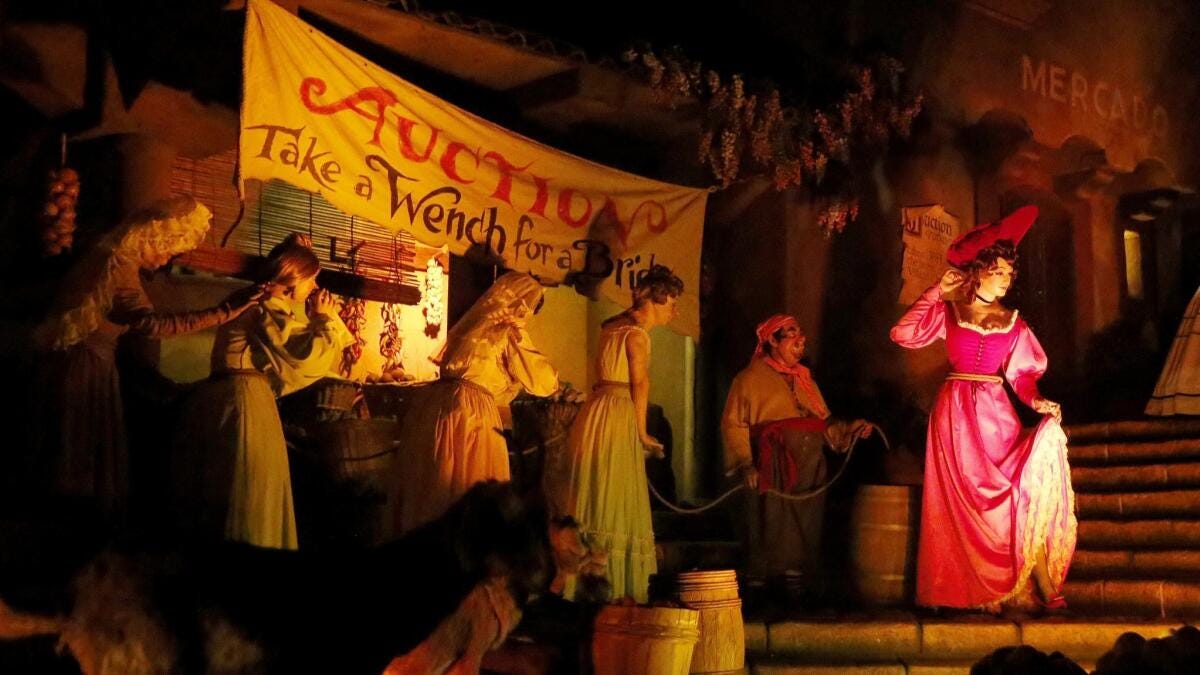
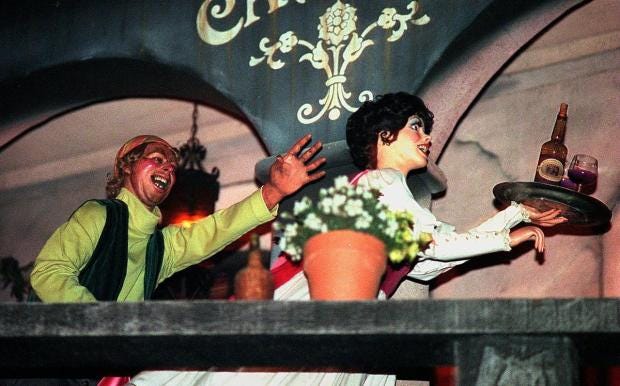
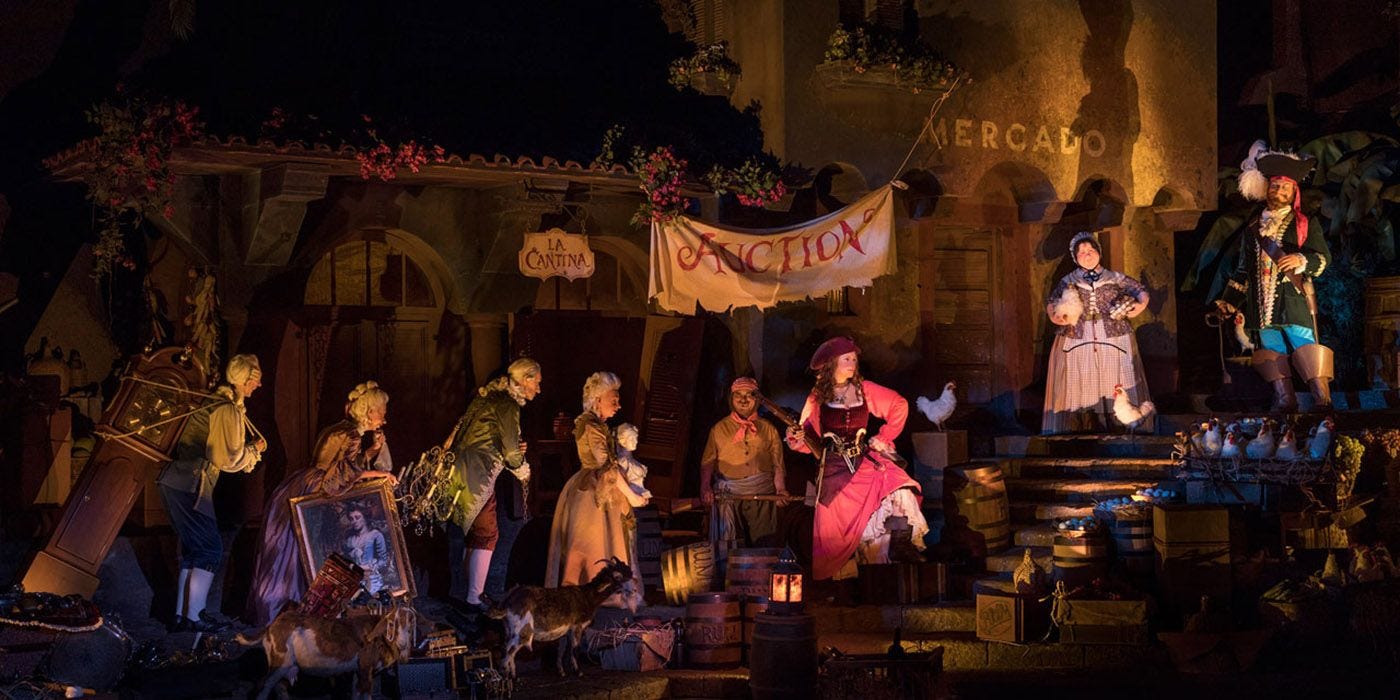
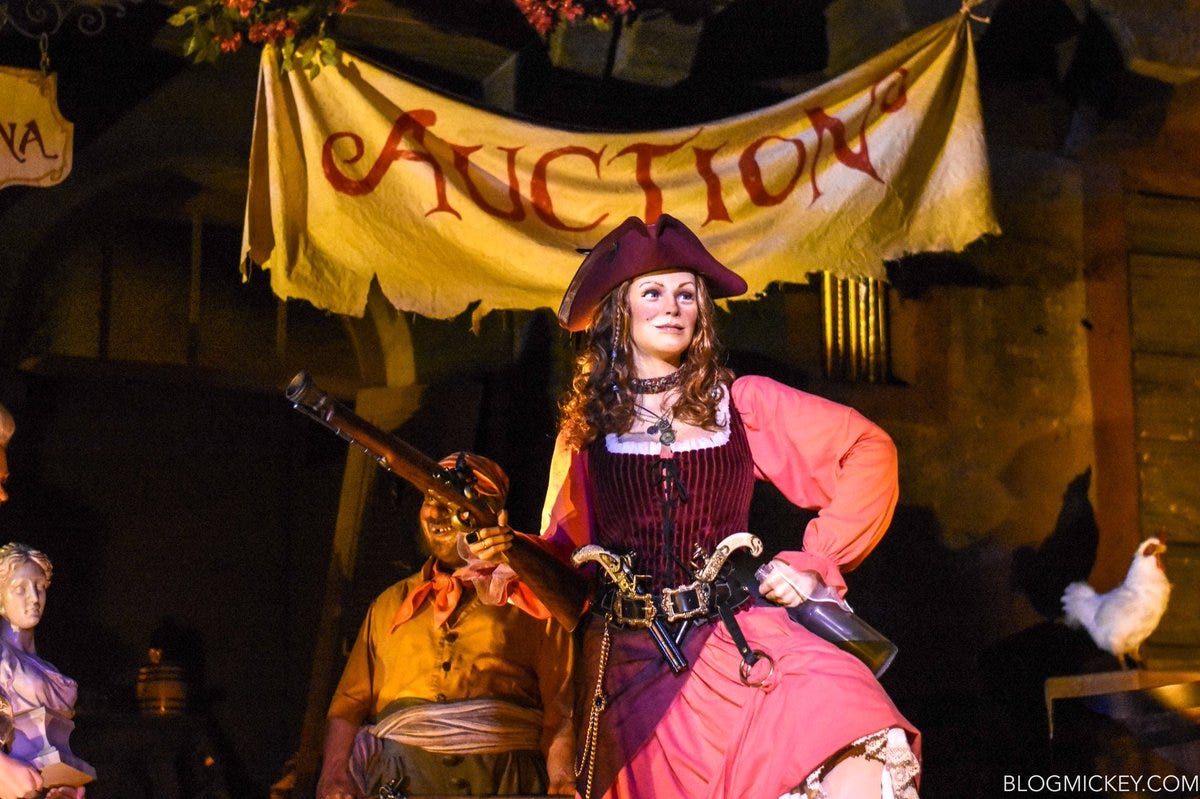
It's interesting to think about the broader implications for the lack of small c conservatives in cultural institutions. Setting aside which things should or shouldn't be preserved, the very notion that anything is worth preserving at all is inherently right wing.
I also quite liked the use of the term "Canadian Healthcare" as a euphemism. It's such a nice little touch.
Splash Mountain probably made sense in the 80s because people were still reading Uncle Remus which was not a flop like "Song of the South" and only much more recently fell out of favor (supposedly for being "racist" but I really don't know).
Disneyland did at some point make it so that Brer Rabbit was stuck in a beehive instead of fighting a tar baby, which is a confusing choice, but whatever. I guess depicting a fake black baby as the victim of a cocky rabbit is no good.
Uncle Remus' Tales really should make a comeback. They supposedly actually do have some links to tales told in Africa, and they've been hugely influential in American language and culture. But good luck becoming president if you call an issue a "tar baby." Maybe the death of Splash Mountain is actually indirectly Mitt Romney's fault.